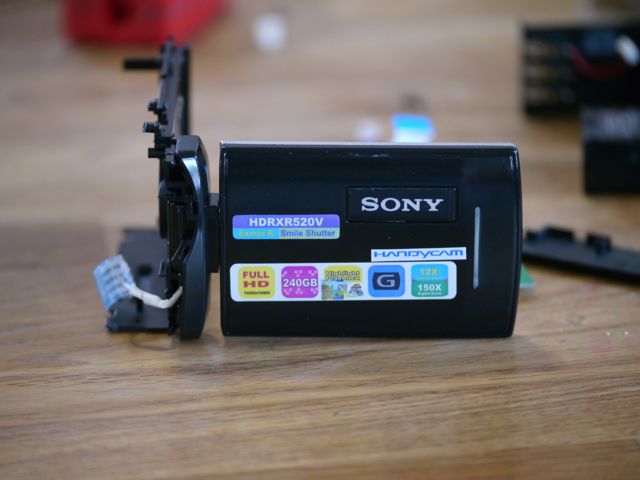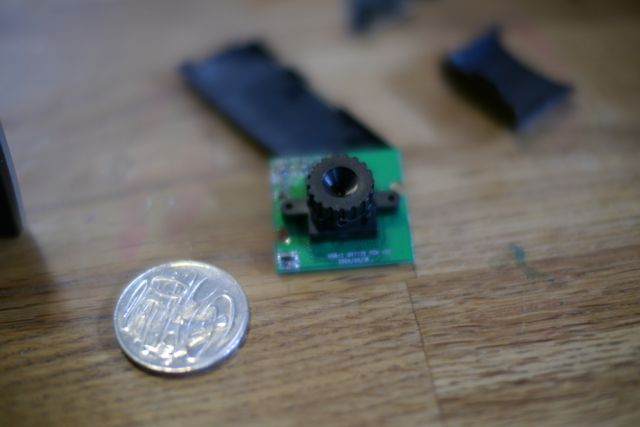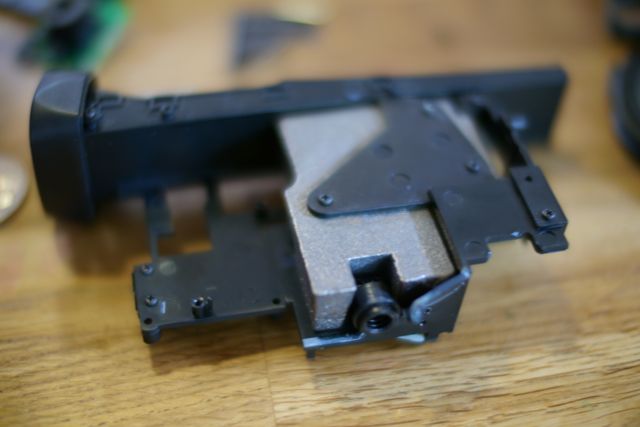
-
Canon U.S.A., Inc., a leader in digital imaging solutions, will unveil today the results of a 2013 Anti-Counterfeit Study it commissioned on U.S. consumers’ attitudes and perceptions of counterfeit consumer electronics in the U.S.i The study reveals that while counterfeit consumer electronics are a significant concern to U.S. consumers, most seem to be unaware of the full impact and risks of their purchase and use. The study revealed that consumers trust their instincts, but seem to lack the understanding of the possible safety risks and the true long-term costs of counterfeit consumer electronics.
According to the Department of Homeland Security, $145 million worth of counterfeit consumer electronics entered the U.S. in 2013.ii The research commissioned by Canon reveals, however, that while three out of every four consumers surveyed were concerned about counterfeit consumer electronics, only about one in two believed they can accurately identify counterfeit consumer electronics.
“Most American consumers are unaware of the full risks associated with these potentially dangerous devices. Four in ten of the U.S. consumers surveyed don’t know counterfeit consumer electronics can harm them, and this lack of awareness leads to what Canon calls a ‘Confidence Trap’,” said Chuck Westfall, Technical Advisor, Professional Engineering & Solutions Division, Canon U.S.A, Inc. “Based on the survey, consumers seem overconfident in their ability to spot a fake, and as a result, are at risk of possible harm.”
Based on the survey results, 18 percent of U.S. consumer electronic purchasers surveyed say they have unknowingly purchased counterfeit consumer electronics this past year. Further, the study revealed, overconfident in their abilities, a significant proportion of consumers surveyed fell victim to counterfeit purchases, largely unaware that they could be putting themselves at risk of inferior product performance.
When it comes to purchase drivers, according to this, the majority of consumers surveyed overwhelmingly value product performance, quality, and safety when buying an electronic good. 82 percent of respondents cited product performance and 70 percent said product safety is important to them. It seems that purchasing counterfeits is therefore largely driven by a knowledge gap. For instance, close to half (45 percent) of consumers surveyed believe that a counterfeit product does the job just as well as the genuine product.
“One of the most significant revelations of this Anti-Counterfeit Study is our obligation to take action and educate consumers about the potential health and safety risks of counterfeit consumer electronics,” commented Westfall. “This research indicates that education can largely impact perceptions of counterfeit consumer electronics, and steer consumers away from making uninformed and misguided purchases. After learning about the facts, 71 percent of the U.S. consumers surveyed said that they were less likely to buy them.”
What it is all about? No one seen fake Canon camera, printer or even lens lately.
Click on http://usa.canon.com/cusa/about_canon/standard_display/aboutcounterfeits and we see that all this loads of long words are about batteries.
It is also about cartridges usually. generally, lot of fakes exist due to only reason - such products have huge margins :-)Thing is they get it from wrong end. Right end is to establish few standards for size and such for the batteries used and make every damn corporation to use standard. And this is exactly that they try to avoid.
-
Hi Vitaly,
I am sure you are right, but out of interest I came across a used Sony HDRXR520V recently. I was looking for a compact handycam so I picked it up.
On inspection, it felt cheap and the connections didn't seem right. I plugged in the usb and it had only 1mb of memory not 96gb. We decided to crack it open and see what was going on.
It got even stranger.
Here's the shell:

Here's the high quality optics and sensor:

And the masterstroke, the chunk of metal in the middle of the camera to make it feel heavy enough to feel real.

Safe to say I didn't pay anything for it.
But my hunch is that rather than being an easily spotted fake, it may be more of a smuggling device as it had 4 AA battery sized holes that weren't wired to anything and easy to stash things in.
Pretty weird though.

 P1130765.jpg640 x 480 - 37K
P1130765.jpg640 x 480 - 37K
 P1130766.jpg640 x 427 - 30K
P1130766.jpg640 x 427 - 30K
 P1130767.jpg640 x 427 - 33K
P1130767.jpg640 x 427 - 33K -
Sounds quite strange. If it was fake no one will allow you to disassembly it.
In reality it is bunch of stickier put on the cheap Chinese camera.
But pictures are real fun.
-
My brother "found it" in a house he was doing some repairs on. The tenants were Indian students who had left. I offered to buy it, but it was so strangely wrong, we cracked it open instead. I reckon it was designed to be just functional enough to get through customs.
-
I think it is this total battery BS and I am so sick of it. When you buy a camcorder like the HF G10 or pretty much any Canon camcorder it comes with a tiny, tiny, garbage battery that forces you to buy a new one. It is so small, it no longer is flush with the edges. So the "genuine" one is just a throwaway--genuine garbage which is bad for the environment (not that any battery is like "good" for the environment). So Canon you can take your camcorder battery and store it in a warm dark place. And for my camcorders, Maxtech or Wasabi makes a better battery than Canon at 1/5 the price.
Epic fail, Canon, plus where is my 4K camcorder? If you worried more about Panasonic and less about about batteries everyone would be happier.
Howdy, Stranger!
It looks like you're new here. If you want to get involved, click one of these buttons!
Categories
- Topics List23,993
- Blog5,725
- General and News1,354
- Hacks and Patches1,153
- ↳ Top Settings33
- ↳ Beginners256
- ↳ Archives402
- ↳ Hacks News and Development56
- Cameras2,368
- ↳ Panasonic995
- ↳ Canon118
- ↳ Sony156
- ↳ Nikon96
- ↳ Pentax and Samsung70
- ↳ Olympus and Fujifilm102
- ↳ Compacts and Camcorders300
- ↳ Smartphones for video97
- ↳ Pro Video Cameras191
- ↳ BlackMagic and other raw cameras116
- Skill1,960
- ↳ Business and distribution66
- ↳ Preparation, scripts and legal38
- ↳ Art149
- ↳ Import, Convert, Exporting291
- ↳ Editors191
- ↳ Effects and stunts115
- ↳ Color grading197
- ↳ Sound and Music280
- ↳ Lighting96
- ↳ Software and storage tips266
- Gear5,420
- ↳ Filters, Adapters, Matte boxes344
- ↳ Lenses1,582
- ↳ Follow focus and gears93
- ↳ Sound499
- ↳ Lighting gear314
- ↳ Camera movement230
- ↳ Gimbals and copters302
- ↳ Rigs and related stuff273
- ↳ Power solutions83
- ↳ Monitors and viewfinders340
- ↳ Tripods and fluid heads139
- ↳ Storage286
- ↳ Computers and studio gear560
- ↳ VR and 3D248
- Showcase1,859
- Marketplace2,834
- Offtopic1,320





